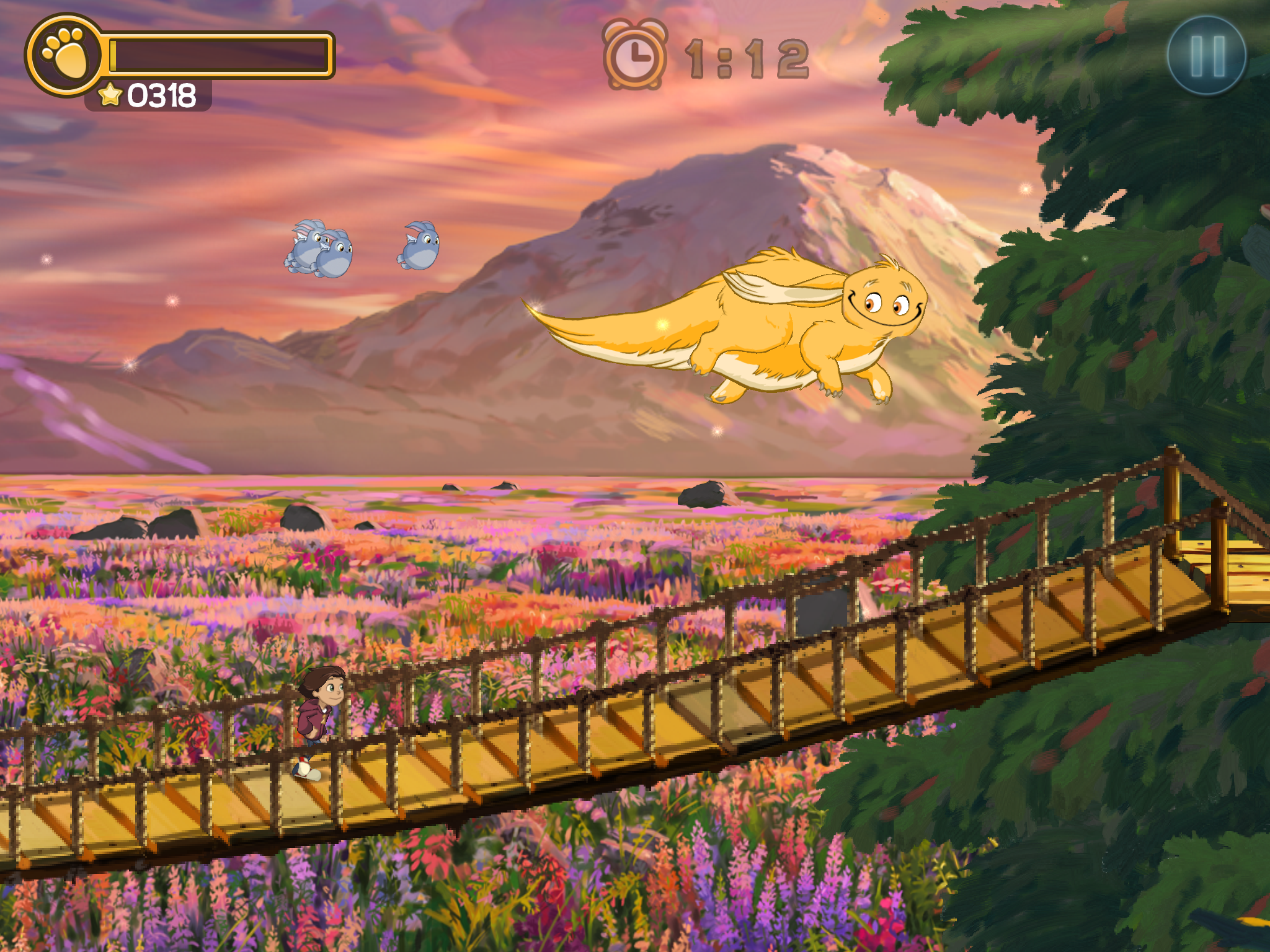I recently had the pleasure of venturing out to the Seattle Center--home of the iconic Space Needle--to join the festivities at the Seattle edition of iFEST, a festival celebrating indie game developers. Here are my quick thoughts on some of the games that I had a chance to demo.
VRCade
The VRcade was on display in a room directly behind the registration booth and was probably the most unique experience available at iFEST.
The idea behind VRcade is to provide a high quality arcade experience. The demo that I tried was a basic shooting gallery game. The point of the game was to shoot as many targets as you can within a certain time limit. The targets would pop up within one of three corridors (one directly ahead of you, one to your left, and one to your right) and make a sound that would direct you as to which side to the target appeared. Perhaps the most impressive part of the experience, in my opinion, is how accurate and natural the gun targeting felt. I've demoed similar VR experiences before, and quite often the tracking wasn't quite up to snuff. With VRcade, however, it felt as though I was using a real gun to shoot at actual targets. When I missed a target, it was because I missed the target, not because the tracking tech failed to keep up with my movements. Kudos to the team behind this technology.
Buddy & Me
Perhaps the most polished game was Buddy & Me, by the folks at Sunbreak Games.
This game is wonderful to play. The concept is quite simple, really: an 'endless' runner starring a boy who is joined by his imaginary flying friend as he runs through a forest/treehouse environment. However, it's not the concept that is the most interesting part of the game, it's the execution. The art is quite beautiful and the game controls very well. It feels a lot like taking part in an animated film, especially when you cross from one of the more restrictive forest environments to the visually expansive field environments, all the while followed by Buddy and any 'flying bunnies' that you have saved.
Note of interest: I found that the Buddy character's design and animation evoked feelings of nostalgia, and reminded me a lot of Falcor from The Neverending Story, Totoro from My Neighbor Totoro, and Flammie from Secret of Mana. I talked to the developers about my impression, and they confirmed that those were all influences on the character's design.
The Bridge
I enjoyed playing the Xbox Live Arcade version of The Bridge.
It's somewhat difficult to talk about this game without spoiling some of the experience (and this is why I chose not to post a picture of the gameplay). It has a distinctive, somewhat unsettling art style and has an 'old timey' feel to it. The idea behind the game is to solve puzzles using changes in gravity and logic. I felt that the environments seemed as though they had been designed by a feverish M.C. Escher, and that's exactly how they developers want you to feel. It's quite a unique game that's worth checking out.
Eucloid
This game is very simple, and it is because of that simplicity that the game absolutely works as a competitive game.
I had a chance to play the creator in a Vs match using Xbox 360 controllers. The left stick controlled the movement of our Tempest -style cube avatars, and the right stick controlled the spheres we used in battle. In the game format we played, the purpose of the match was to hit the other player's cube by launching our attack sphere. The spheres, once launched, are tethered to our cube and will return so that we can attack once again. There are some more advanced techniques too, such as teleporting to the sphere's location or using your sphere to disable your opponent's sphere.
This is the type of game that is simple to learn, yet difficult to master. I could see spending many late nights playing this game with friends.
Chess Heroes
Have you ever played Chess? Have you ever played Final Fantasy Tactics? If so, then Chess Heroes is for you.
The basic idea is that you play a 'Tactics'-style strategy game using chess pieces. The pieces start with their traditional moves, but it is possible to level up and get additional moves like the ability to launch a pawn at the opponent. I was a fan of Battle Chess in my youth, and the attack animations in Chess Heroes made me smile in much the same way that Battle Chess did.
Wrap-Up
I was quite happy with my experience at iFEST. The people were fantastic, the games were fun, and the sense of innovation was impressive. I highly recommend checking out the next iFEST.
Folks, keep a watch on the Seattle indie game development scene.








